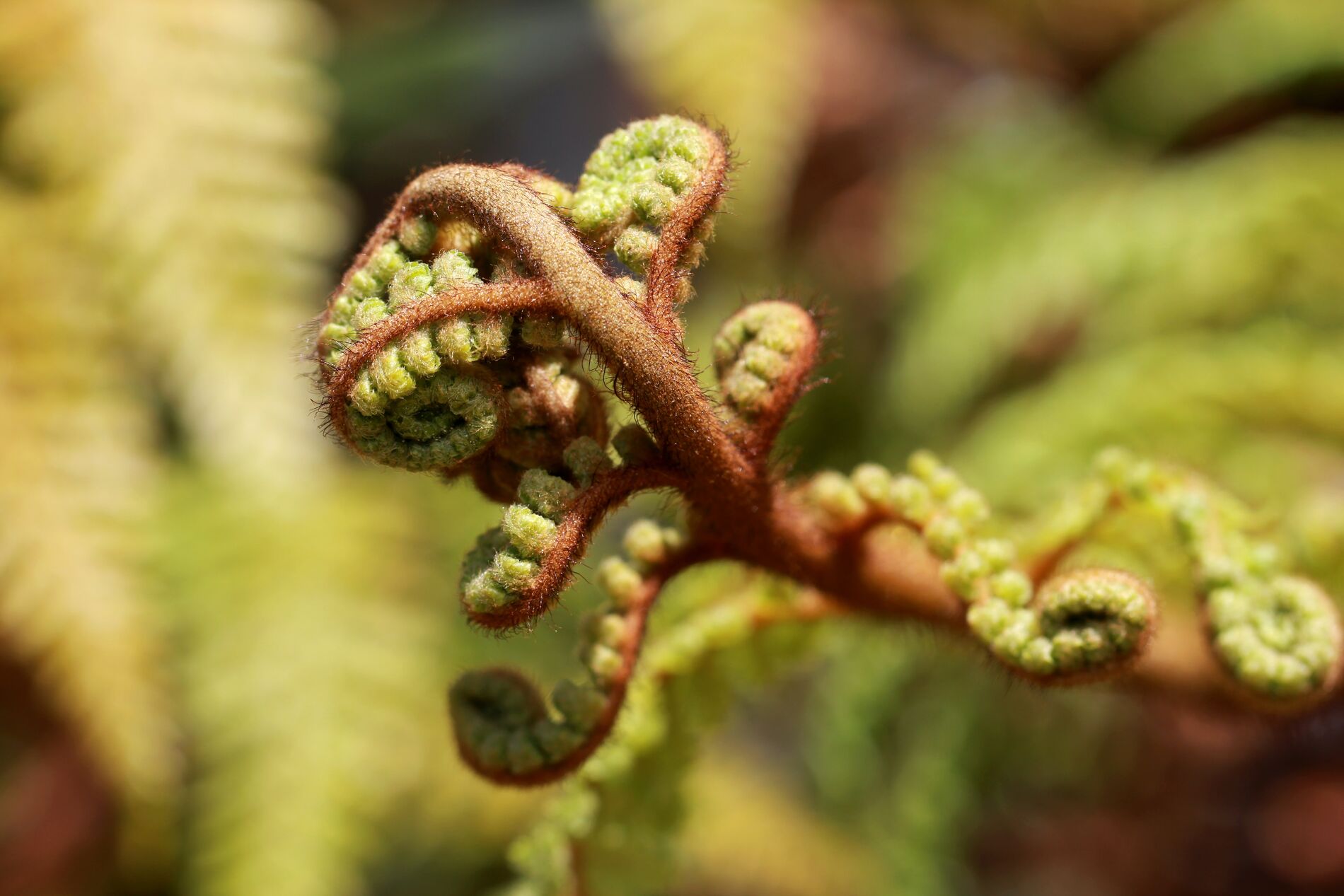The Waikato region is highly valued for its ecosystems and indigenous biodiversity. In fact, there are some that can only be found in our region.
Today, around 27 per cent of the land in our region remains in native vegetation, with less than 10 per cent in many lowland districts. More than 300 species of native plants and animals are also under threat of extinction with most habitats impacted by degradation due to animal pests and weeds.
Reversing biodiversity loss is possible, but only with greater and more collective effort.
The Waikato Biodiversity Accord, which was developed in 2024, brings together organisations with the common goal of creating and putting into action a regional biodiversity strategy that seeks to protect and restore our unique local native plants and animals, and the indigenous ecosystems they live in.
Biodiversity Accord
Accord partners
The following organisations are committed to actioning the Waikato Biodiversity Accord, strengthening collaboration and building a strategy to improve the indigenous biodiversity of the region.
The Accord is a non-statutory, voluntary agreement. Over time, it is hoped other organisations and groups might be interested in being a partner to the Accord. When this occurs, the Accord will be amended to include new partner logos.
Biodiversity strategy
A key component of the Accord is a commitment by signatories to work together to develop and implement a biodiversity strategy for the Waikato region.
The Waikato Regional Biodiversity Strategy aims to foster a unified vision, establish clear goals, and drive coordinated action to safeguard and enhance the region’s biodiversity for the benefit of future generations.
Be a part of discussions to develop a biodiversity strategy for the region.
Importance of iwi environmental management plans
The Waikato Biodiversity Accord recognises the mana of tangata whenua and their role as kaitiaki to safeguard indigenous biodiversity.

